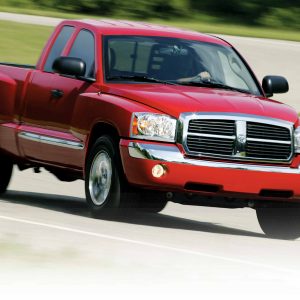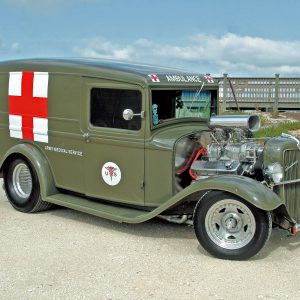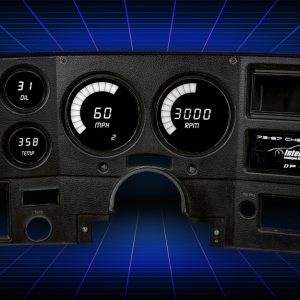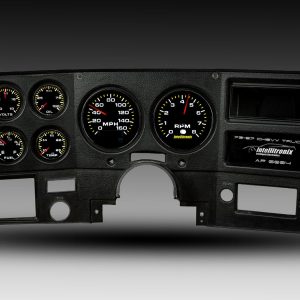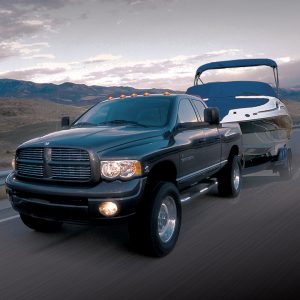
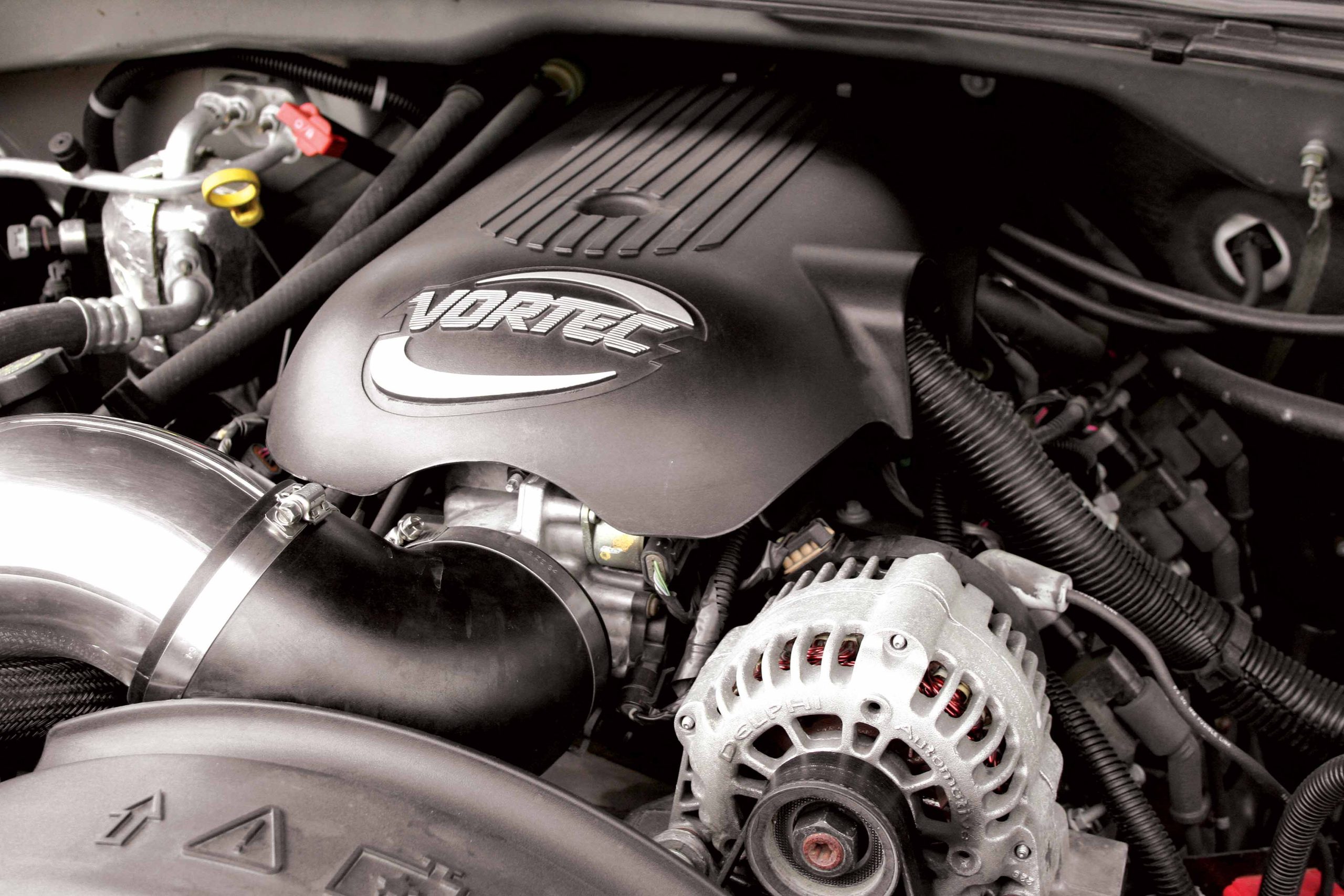

THE AUTO BUILDER
Featured
- All Post
- 20 High Priority - SR Super Rod
- Builds
- 25 High Priority - FB Ford Builder
- Cars
- 30 High Priority - AR American Rodder
- 01 Post Status
- 35 High Priority - RD Rodders Digest
- 40 High Priority - OTR On the Road
- 45 High Priority - SRB Street Rod Builder
- 50 High Priority - TB Truck Builder
- 55 High Priority - BSCENE Buckaroo Scene
- 60 High Priority - FPB Family Power Boat
- Trucks
- Swaps
- Performance Boats
- _000 Home Sliders
- Builders
- 00 Sidebars
- Manufacturers
- 05 High Priority - HCI Hot Compact Imports
- 05 Publications
- 10 High Priority - CR Chevy Rumble
- Back
- Chassis
- Engine
- Fuel System
- Electrical
- Exhaust
- Transmission / Drivetrain
- Suspension
- Steering
- Brakes
- Wheels and Tires
- Interior
- Exterior
- Accessories
- Power Adders
- Back
- Chassis
- Engine
- Fuel System
- Electrical
- Exhaust
- Transmission / Drivetrain
- Suspension
- Steering
- Brakes
- Wheels and Tires
- Interior
- Exterior
- Accessories
- Power Adders
- Back
- Chassis
- Engine
- Electrical
- Exhaust
- Fuel System
- Transmission / Drivetrain
- Suspension
- Steering
- Brakes
- Wheels and Tires
- Interior
- Exterior
- Accessories
- Power Adders
- Back
- Chassis
- Engine
- Electrical
- Exhaust
- Fuel System
- Transmission / Drivetrain
- Suspension
- Steering
- Brakes
- Wheels and Tires
- Interior
- Exterior
- Accessories
- Power Adders
- Back
- Chassis
- Engine
- Fuel System
- Electrical
- Exhaust
- Transmission / Drivetrain
- Suspension
- Steering
- Brakes
- Wheels and Tires
- Interior
- Exterior
- Accessories
- Power Adders
- Back
- Chassis
- Engine
- Fuel System
- Electrical
- Exhaust
- Transmission / Drivetrain
- Suspension
- Steering
- Brakes
- Wheels and Tires
- Interior
- Exterior
- Accessories
- Power Adders
- Back
- Chassis
- Engine
- Fuel System
- Electrical
- Exhaust
- Transmission / Drivetrain
- Suspension
- Steering
- Brakes
- Wheels and Tires
- Interior
- Exterior
- Accessories
- Power Adders
- Back
- Engine
- Fuel System
- Electrical
- Outdrives
- Steering
- Interior
- Accessories
- Power Adders
- Exterior and Hull
- Back
- Chassis
- Engine
- Electrical
- Exhaust
- Fuel System
- Transmission / Drivetrain
- Suspension
- Steering
- Brakes
- Wheels and Tires
- Interior
- Exterior
- Accessories
- Power Adders
- Back
- Chevrolet
- Cadillac
- Pontiac
- AMC
- Buick
- Jeep
- Lincoln
- Ford
- Honda
- GMC
- BMW
- Mitsubishi
- Dodge
- Nissan
- Chrysler
- Subaru
- Toyota
- Plymouth
- Mercury
- Volvo
- Volkswagen
- Oldsmobile
- Acura
- Back
- 05 Pub HCI Hot Compact Imports
- 15 Pub 4x4 4x4 Builder
- 20 Pub SR Super Rod
- 25 Pub FB Ford Builder
- 30 Pub AR American Rodder
- 35 Pub RD Rodders Digest
- 40 Pub OTR On the Road
- 55 Pub BSCENE Buckaroo Scene
- 10 Pub CR Chevy Rumble
- 50 Pub TB Truck Builder
- 60 Pub FPB Family Power Boat
- 45 Pub SRB Street Rod Builder
- Back
- Chip Foose
- Ring Brothers
- Jack Fuller
- Bob Cullipher
- Jerry Nichols
- Bobby Alloway
- Jesse James
- Carl Casper
- J.F. Launier
- Steve Sellers
- Boyd Coddington
- Rad Rides by Troy
- Cal Auto Creations
- George Barris
- West Coast Customs
- Back
- Street Rods
- Hot Rods
- Late Model
- Drag Race
- Handling
- Compact Cars
- Chassis
- Engine
- Fuel System
- Electrical
- Exhaust
- Transmission / Drivetrain
- Suspension
- Steering
- Brakes
- Wheels and Tires
- Interior
- Exterior
- Accessories
- Power Adders
- Chassis
- Engine
- Fuel System
- Electrical
- Exhaust
- Transmission / Drivetrain
- Suspension
- Steering
- Brakes
- Wheels and Tires
- Interior
- Exterior
- Accessories
- Power Adders
- Chassis
- Engine
- Electrical
- Exhaust
- Fuel System
- Transmission / Drivetrain
- Suspension
- Steering
- Brakes
- Wheels and Tires
- Interior
- Exterior
- Accessories
- Power Adders
- Chassis
- Engine
- Electrical
- Exhaust
- Fuel System
- Transmission / Drivetrain
- Suspension
- Steering
- Brakes
- Wheels and Tires
- Interior
- Exterior
- Accessories
- Power Adders
- Chassis
- Engine
- Electrical
- Exhaust
- Fuel System
- Transmission / Drivetrain
- Suspension
- Steering
- Brakes
- Wheels and Tires
- Interior
- Exterior
- Accessories
- Power Adders
- Chassis
- Engine
- Fuel System
- Electrical
- Exhaust
- Transmission / Drivetrain
- Suspension
- Steering
- Brakes
- Wheels and Tires
- Interior
- Exterior
- Accessories
- Power Adders
- Back
- 05 Post Imported
- 20 Post Missing Images (All)
- 25 Post Missing Images (Partial)
- 15 Post In Progress
- 30 Post Internal Review
- 40 Post On Hold
- 50 Post Approved
- 10 Post Images Imported
- 17 Post Missing TXT Files
- 18 Post Missing PDF Files
- 27 Post Missing Content
- Back
- Chassis
- Engine Swaps
- Interior Swaps
- Driveline
- Back
- Street Trucks
- OffRoad Trucks
- Chassis
- Engine
- Fuel System
- Electrical
- Exhaust
- Transmission / Drivetrain
- Suspension
- Steering
- Brakes
- Wheels and Tires
- Interior
- Exterior
- Accessories
- Power Adders
- Chassis
- Engine
- Fuel System
- Electrical
- Exhaust
- Transmission / Drivetrain
- Suspension
- Steering
- Brakes
- Wheels and Tires
- Interior
- Exterior
- Accessories
- Power Adders
- Back
- 01 Sidebar Left
- 01 Sidebar Right
INFORMATION CENTRAL
Author

Josh Kaylor
Photography Courtesy of the Buckaroo Staff
What You Need to Know Before Installing a Gen III Small Block in Your Classic Truck
Since the introduction of the Gen III small-block engine in 1997, enthusiasts have been scouring junkyards, local pick-a-parts and aftermarket sources such as Street & Performance and Arizona Speed & Marine in search of the perfect engine package for their older pickups. Not since 1955 has an engine sparked so much interest and captured the imagination of so many builders.
The first LS1 showed up in the ’97 Corvette, which immediately became of interest to all manner of hobbyists. GM recognized this and eventually began offering these soon-to-be popular engines in crate form. By then the engines had been available in Camaros and other GM cars, and finally in the truck line as the Vortec.
These engines first appeared in the ’99-and-newer trucks, and now that they are readily available and reasonably inexpensive, they are very popular for early truck swaps. Originally based off the LS1, the Vortec engines were cast iron blocks with aluminum heads and could be found in the Silverado, Sierra, Yukon and Tahoe, with the most powerful being the LQ9, which is now in the Escalade with 345 hp and 390 lb-ft of torque. While more expensive than their 4.8- or 5.3-liter counterparts, they offer increased horsepower and torque.
To find out more we called a local salvage yard and learned that we could pick up a 50,000-mile, 5.3-liter Vortec and 4L60E transmission for about $1,900-$2,000. Of course, pricing will have more to do with your own location and demand, and engine mileage is usually factored in. While this example is not going to come with everything you need to complete a swap, neither will the purchase of a new crate engine. These engines do not include the fuel tank and system, the cooling components or the computer, but all this can quickly be purchased with little problem, and much of it would require some modification. If you are looking for the more powerful LQ9, expect to spend upward of $3,000-$4,000 for a good low-mileage example.
Finally, the LS1 and LS6 can also be found used in the $4,000-$5,000 range, complete with transmission. If you plan on attempting to produce serious power, purchasing the LS1 or LS6 is the most popular option, as tuning and bolting performance parts on the Vortec can become expensive. If you do not feel particularly comfortable with purchasing an engine from the salvage yard, companies such as Street & Performance, Arizona Speed & Marine and GM Performance Parts dealers offer a full line of LS engines, as well as polished parts and full warranties.
Depending upon what year of truck you plan to install your new engine in, the vintage can make a real difference, as there’s more to installing an LS-series or Vortec engine into a truck than simply bolting it in and hooking up a fuel line. A wiring harness, fuel return lines and a gas tank that will accommodate the high-pressure fuel system are essential. Even the cooling system and the driveshaft are major considerations. So let’s look at choosing the right engine for your application. Depending on what look you are striving for with the build, how you use your truck will play a major role in the decision of what engine to purchase. If you plan on simply updating a late ’80s pickup, or even an early ’90s for that matter, a simple 4.8- or 5.3-liter engine will work and will be much simpler than starting with, say, a late ’50s or mid-’60s truck that was originally carbureted. If you are looking for serious power output, an LS1 or LS6 makes the best choice. They also come with a warranty, and there’s nothing better with a high-performance engine.
When beginning your search for a Gen III, there are a few things that might prove helpful, as everyone wants either a new engine or one with the lowest mileage possible. Consider that every engine after 2003 uses drive-by-wire, which is an electronic throttle. So while throttle cables have been in use since the engine was first introduced, GM implemented a sensor and pedal locator to apply fuel load information to the engine controller. A single sensor and electric wire operates the throttle from beneath the pedal. There’s nothing wrong with the drive-by-wire system; you just need to get all the components from the junkyard to complete the install, including the pedal and the sensor.
Mark Campbell of Street & Performance informed us that the drive-by-wire works great once installed. While many choose to swap the drive-by-wire to a throttle cable, it offers crisp throttle response and a clean installation with no cable needed to run through the firewall. If you do land a cable-driven engine, Lokar Performance Products offers a stainless steel braided throttle cable and oil dipstick for these engines that helps dress them up compared to the drab OE hardware.
Once you have selected an engine and transmission and have all the necessary components it is time to begin the installation. There are a lot of options for mounting these engine packages in your pickup chassis, and what you use determines if the truck is to be a daily driver or a showstopper. GM has managed to keep its front framerails and the front crossmembers nearly unchanged since the early ’60s, with the exception of various motor-mount styles. Early Classic Enterprises offers a direct bolt-in for the Vortec crowd, which includes everything needed to set the engine into place in a ’60-’72 Chevy (and GMC) pickup. After speaking with the guys at Early Classic, we learned that you can simply relocate your stock transmission mount for the 4L60E on the ’60-’72 Chevy pickup, since the new trans uses the traditional 350, 400 and 700R4 trans mounts. If you are installing the engine into the newer genre of trucks, Street & Performance offers motor-mount adapter plates that bolt to the engine and allow the use of the factory mounts.
Depending upon which engine you end up with, accessory and oil pan clearance will play a major role. Don’t worry, as these are simple fixes. Since the Vortecs are truck engines, they offer the same clearance benefits in the older trucks as in the new ones. We spoke with the technicians at Street & Performance, who informed us that both the LS and the Vortec engines bolt into the truck frames very nicely, thanks to the power steering and the alternator being located on the top side. The A/C, however, requires either the frame to be notched or a relocation kit, and a new belt installed. Neither is a serious problem; each can be remedied in just a few hours. Adapting the power steering is a breeze, thanks to available adapters that allow a new GM pump to be used with the original steering box.
The exhaust manifolds from the trucks are usually too wide, so a common swap is the Camaro exhaust. The ’98 Camaro exhaust features true tubular stainless steel headers, which allow for a clean installation due to their narrow design. Also, thanks to the popularity of these engines, there are hundreds of options for aftermarket headers. However, if you choose not to swap the manifolds they can be modified, as well as the frame, to fit within the chassis.
Another key element in any LS/Vortec engine swap is an adequate fuel system. The fuel delivery system requires the use of a high-pressure electric pump and, most likely, a new tank. There are two types of fuel systems: the return type, with a return line, and the newer returnless system, with no return line to the tank. Street & Performance can provide you with all the needed lines and fuel rails to complete any installation, while companies such as Rock Valley, Kustom Tanks, Tanks Inc. and Ricks can provide you with a high-quality tank.
One of the biggest misconceptions about going from carburetion to fuel injection regards the wiring and the computer hardware. Thanks to technology advancements of the past few years, installing and wiring these engines is as easy as ever. In the early days the stock harness had to be used, but then Bill Howell solved a host of problems by creating an aftermarket harness to fit a variety of swaps, and Street & Performance continued developing harnesses for all the popular LS engines. Today FAST has an engine management system that allows any manner of modifications, and Painless, Ron Francis and Speed Scene Wiring have harnesses with all the necessary injector plugs and sensor connections, and provide them clearly labeled for easy plug-and-play performance.
Such harnesses are designed to make installing and operating an LS engine a pain-free experience, but when you purchase your engine, be sure to get the stock harness from the donor vehicle, as well as the CPU and all the sensors. Computer requirements vary from vehicle to vehicle, so if you are able to get the computer from the donor vehicle it will still need to be reprogrammed. Companies such as Street & Performance charge a small fee for this. If a computer is unavailable you can purchase a ready-to-go unit for around $300, depending on which CPU you need.
If you can’t quite decide just what to back up the new engine with, there are a few options. If you are like so many guys who have a column-shift truck, the linkage can be tweaked and made to work with no problem on the 4L60E, which is the most popular of the truck trannies. The 4L60E is a four-speed automatic that offers good fuel economy and great driveability and is capable of withstanding 360 lb-ft of torque. The 4L65E is an updated version offering more torque capability. If you are looking to manually shift gears, the T56 six-speed from the Corvette is the perfect choice. If you currently have a 700R4, 350 or 400 turbo or even a four-speed, Street & Performance offers a new flywheel and the needed components for adapting any one of these earlier transmissions to the Gen III engine.
When installing an electronic trans in an LS-powered vehicle, we strongly suggest that you include the CompuShift electronic transmission controller. This kit requires no programming and allows you to adjust shift points and pressure for any kind of driving conditions. This is like having a trans dyno in your car, and there’s even an optional LCD display that simplifies your custom programming. The CompuShift generates trouble codes and live data stream and is a real boon to any ?electronic-transmission-controlled truck.
The information contained here is enough to get you started, and hopefully it’s the type of knowledge that underscores the value of LS-powered pickups. We’ve attempted to cover the basics on how to complete what has become a common installation. The listed companies all offer engines and components to help make your installation go as smoothly as possible, as they have years of knowledge regarding the Gen III line of engines. Stay tuned, as we will cover the actual installation of a Gen III engine in a future issue. TB
ARTICLE SOURCES
Early Classic Enterprises
Dept. TB
5843 E. Clinton Ave.
Fresno, CA 93727
559/291-1611
www.earlyclassicenterprises.com
FAST
Dept. TB
3400 Democrat Rd.
Memphis, TN 38118
877/334-8355
www.fuelairspark.com
High Gear HotRods
Dept. TB
Alexander, AR 72002
501/590-2741
www.highgearhotrods.com
HGM Automotive Electronics
CompuShift
Dept. TB
877/744-3887
www.compushift.com
Howell
Howell
Dept. TB
810/765-5100
www.howell-efi.com
Kustom Tanks
Dept. TB
99 Southland Rd.
Ormond Beach, FL 32174
386/676-9179
www.docskustom.com
Lokar Performance Products
Dept TB
10924 Murdock Dr.
Knoxville, TN 37932
877/469-7440
www.lokar.com
Painless Performance
Dept. TB
2501 Ludelle St.
Fort Worth, TX 76105
817/214-6212
Street & Performance
Dept. TB
#1 Hot Rod Lane
Mena, AR 71953
479/394-5711???
www.hotrodlane.com

